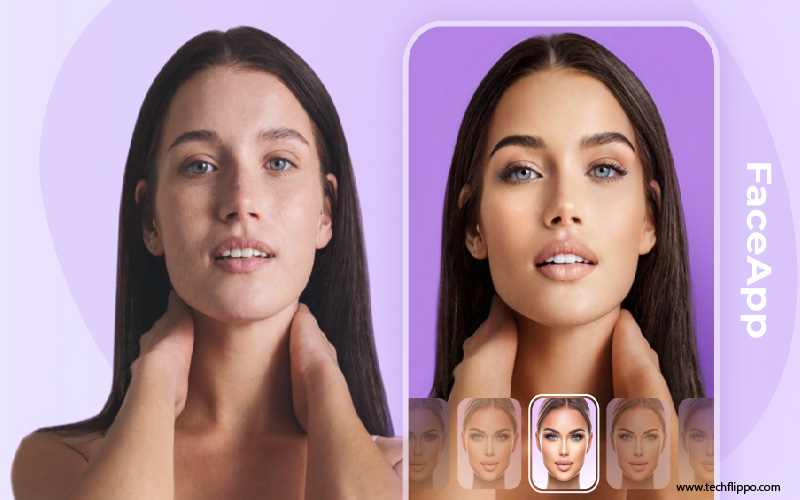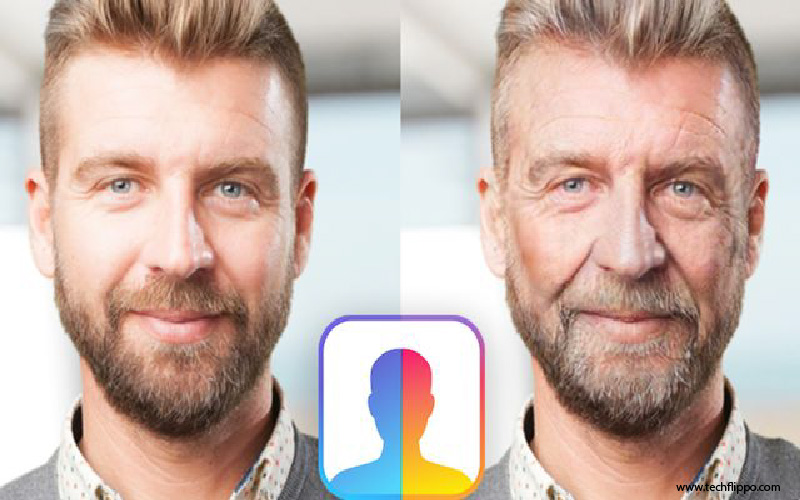The Rise of FaceApp: How Wireless Lab Revolutionized Digital Aging Technology
Are you curious to catch a glimpse into the future? Imagine seeing your face gracefully age in just a few taps on your smartphone. Enter FaceApp, the revolutionary digital aging technology that has taken the world by storm. Join us as we delve into the captivating journey of how Wireless Lab transformed the way we perceive aging with their groundbreaking app.

The History of FaceApp and Wireless Lab
Founded in 2014 by Yaroslavl Gorchakov, FaceApp quickly gained traction for its innovative digital aging technology. The app uses artificial intelligence to realistically age photos of users, offering a glimpse into their future selves with just a tap on the screen.
Wireless Lab, the Russian-based company behind FaceApp, has been at the forefront of developing cutting-edge facial recognition software. Their team of talented engineers and designers has continuously pushed boundaries to create an engaging and user-friendly platform that has captured the interest of millions worldwide.
Over the years, FaceApp has evolved from a simple photo editing tool to a cultural phenomenon, sparking conversations about aging, beauty standards, and even privacy concerns. Despite facing controversies along the way, such as data security issues and allegations of perpetuating stereotypes through its filters, FaceApp remains one of the most popular apps in today’s digital landscape.
As Wireless Lab continues to refine its technology and explore new possibilities for digital aging effects, it’s clear that FaceApp will remain a significant player in shaping how we interact with our images online.
Key Features and Functions of FaceApp
FaceApp, developed by Wireless Lab, offers a plethora of innovative features that have taken the digital world by storm. One of its key functions is the ability to age or de-age a person’s face with remarkable accuracy. Users can see themselves as their older selves in just a few taps on their smartphones.
Moreover, FaceApp allows users to experiment with different hair colors and styles, making it a fun tool for virtual makeovers. The app also includes filters that can transform your gender or add smiles to serious faces effortlessly.
In addition, FaceApp provides an impressive selection of editing tools for enhancing selfies and photos. From adjusting lighting and makeup effects to adding tattoos or glasses, the possibilities are endless with this versatile app.
FaceApp’s key features and functions enable users to explore creative ways of expressing themselves through digital transformation.
Controversies Surrounding FaceApp
When it comes to digital aging technology, FaceApp has faced its fair share of controversies. One major concern revolves around privacy issues, as users questioned the safety of uploading their photos to the app. The terms and conditions raised eyebrows due to vague language regarding how user data is stored and used.
Another controversy that stirred up a storm was related to the app’s security measures. There were claims that FaceApp could potentially access more user data than necessary, leading to fears of personal information being misused or leaked.
Moreover, some critics pointed out the potential risks associated with facial recognition technology being used in this manner. Questions arose about who owns the rights to these transformed images and how they could be exploited without consent.
While FaceApp offers an entertaining way to visualize one’s older self, these controversies have shed light on the importance of ensuring transparency and safeguarding user privacy in today’s digital age.
Impact on Social Media and Pop Culture
The impact of FaceApp on social media and pop culture cannot be understated. With its ability to transform selfies into aged versions of users, the app quickly went viral across various platforms. People were intrigued by seeing how they might look decades down the line, leading to a surge in user engagement and shares.
Celebrities and influencers jumped on the trend, posting their own aged photos and sparking conversations online. Memes and challenges based on FaceApp’s aging filters became widespread, further solidifying its presence in digital culture.
The app also raised important discussions about privacy concerns due to its access to personal data. Users questioned the security implications of uploading their photos onto the platform, adding a layer of controversy to FaceApp’s rise to fame.
Despite these controversies, FaceApp undeniably left a lasting mark on social media trends and pop culture phenomena. Its influence continues to resonate as people explore new ways to interact with technology for entertainment and self-expression.

Future Possibilities for FaceApp and Digital Aging Technology
As technology continues to advance at a rapid pace, the future possibilities for FaceApp and digital aging technology are truly exciting. Imagine being able to not only see how you might look in old age but also experiencing different hairstyles, facial expressions, and even genders with just a few taps on your phone.
With the potential for further AI development, FaceApp could become even more realistic and customizable. Users may soon have access to enhanced features like personalized skincare recommendations based on their digitally aged photos or virtual try-ons of anti-aging products.
Moreover, as society becomes increasingly visual-centric, digital aging technology could extend beyond personal entertainment. Industries such as fashion, beauty, and healthcare may utilize these tools for marketing campaigns or research purposes.
The future of FaceApp and digital aging technology is full of promise and innovation that will undoubtedly continue to captivate users worldwide.
Conclusion
In the ever-evolving landscape of digital technology, FaceApp has undeniably made its mark as a trailblazer in the realm of digital aging. With Wireless Lab at its helm, the app has captured the fascination and imagination of millions worldwide.
From its humble beginnings to becoming a household name, FaceApp’s journey is a testament to innovation and creativity. Its key features and functions have not only entertained users but also sparked conversations about the possibilities of AI-driven applications.
Despite controversies surrounding privacy concerns, FaceApp continues to thrive and remain relevant in social media and pop culture. Its impact on how individuals perceive aging and beauty is profound, reflecting society’s evolving attitudes towards age and appearance.
As we look towards the future, the potential for FaceApp and digital aging technology is limitless. With advancements in AI and machine learning, we can expect even more realistic transformations and functionalities that will further revolutionize how we interact with technology.
FaceApp’s rise exemplifies Wireless Lab’s ingenuity in harnessing cutting-edge technology to create an engaging user experience. As we embrace this era of digital transformation, one thing is certain – the journey of FaceApp is far from over, promising endless possibilities for innovation in the world of digital aging technology.